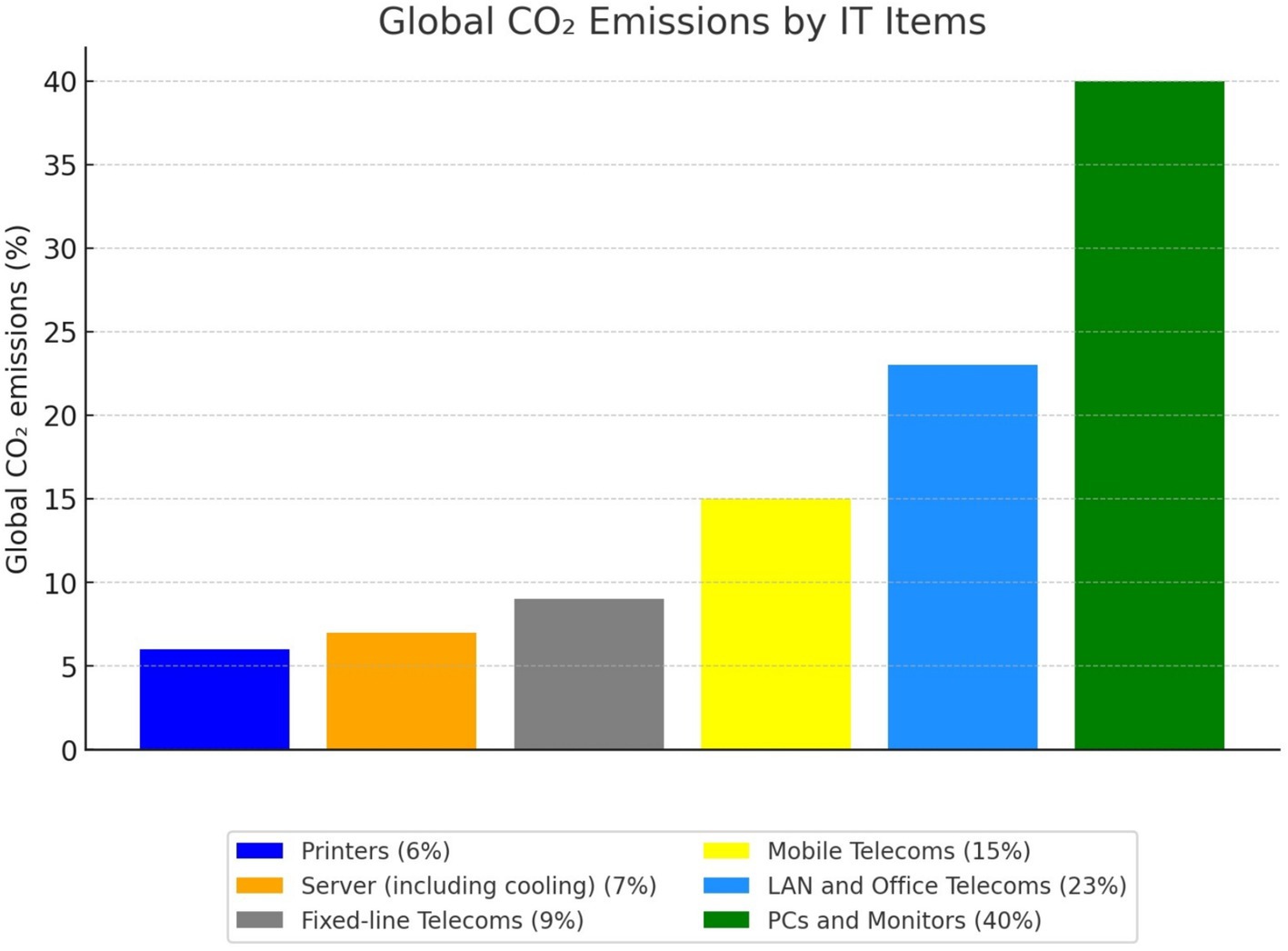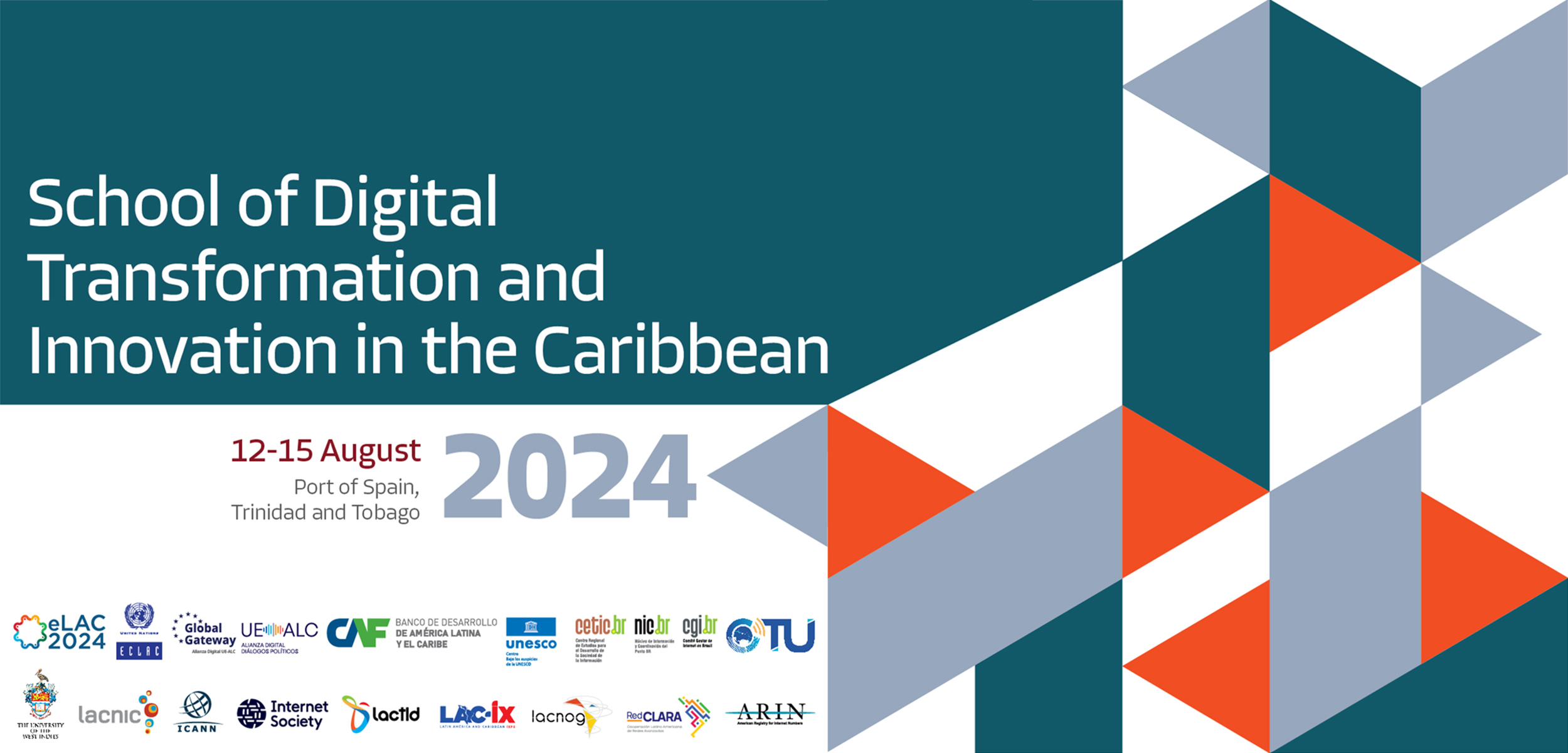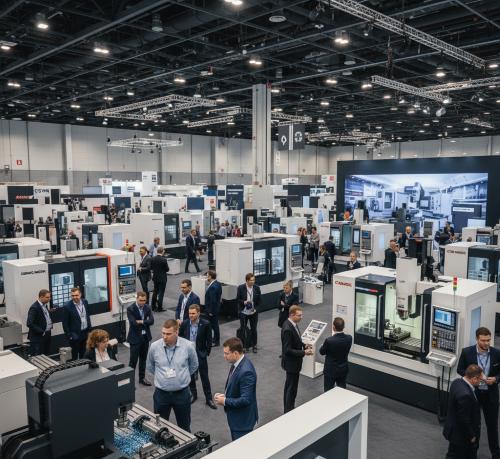Report on Policy Mix Analysis for Clean Technologies and Sustainable Development Goals
1.0 Introduction: The Imperative of Policy Support for SDGs
Effective policy frameworks are critical for enabling clean technologies to overcome initial technical and market barriers, thereby accelerating progress towards several Sustainable Development Goals (SDGs). The successful deployment of these technologies is fundamental to achieving SDG 7 (Affordable and Clean Energy), SDG 9 (Industry, Innovation, and Infrastructure), SDG 11 (Sustainable Cities and Communities), and SDG 13 (Climate Action). Effective governance requires a comprehensive understanding of how policy landscapes align and evolve to support these global objectives.
2.0 A Multi-Instrument Approach to Sustainable Technology Policy
Achieving sustainable outcomes necessitates a combination of policy instruments rather than reliance on a single measure. The interaction between these instruments can produce synergistic or unintended effects, impacting the overall effectiveness of governance aimed at the SDGs.
2.1 Key Policy Instrument Categories
- Regulatory Instruments: These establish standards and mandates that drive the adoption of clean technologies, directly supporting SDG 12 (Responsible Consumption and Production) by setting benchmarks for sustainability.
- Economic Instruments: Financial incentives, subsidies, and carbon pricing mechanisms create market conditions favorable to clean technologies, fostering green economic growth in line with SDG 8 (Decent Work and Economic Growth).
- Informational Instruments: Awareness campaigns and knowledge-sharing platforms build capacity and public support, which is essential for the multi-stakeholder collaboration envisioned in SDG 17 (Partnerships for the Goals).
3.0 Framework for Analyzing Policy Processes and Governance
A crucial component of effective governance is the analysis of policy processes, which examines how instruments are developed, contested, and adapted over time. This aligns with SDG 16 (Peace, Justice, and Strong Institutions) by promoting transparent and accountable policy-making.
3.1 Methodologies for Policy Process Analysis
- Longitudinal Analysis: Tracking the evolution of actor coalitions and their influence on policy outcomes over time provides insight into the political dynamics shaping sustainable technology deployment.
- Stakeholder Mapping: Utilizing publicly available data, such as responses to public consultations, allows for the systematic mapping of stakeholder preferences, interests, and key points of contention.
- Policy Coherence Assessment: Evaluating how different elements of the policy landscape interact is essential to identify and mitigate unintended negative effects and enhance synergies for achieving the SDGs.
3.2 The Role of Stakeholder Engagement in Achieving SDG 17
The analysis of public consultation documents serves as a practical tool for enhancing stakeholder engagement. This process contributes directly to SDG 17 by:
- Highlighting the diverse interests at stake in the transition to clean technologies.
- Identifying areas of consensus and conflict to facilitate more effective dialogue and partnership-building.
- Strengthening the legitimacy and effectiveness of governance structures by incorporating a wide range of perspectives.
Analysis of Sustainable Development Goals (SDGs) in the Article
1. Which SDGs are addressed or connected to the issues highlighted in the article?
-
SDG 7: Affordable and Clean Energy
The article’s central theme is the role of policies in enabling “clean technologies.” This directly supports the goal of increasing access to and promoting clean energy sources, which is the core of SDG 7.
-
SDG 9: Industry, Innovation, and Infrastructure
The text discusses overcoming “technical and market barriers” for “emerging technologies.” This aligns with SDG 9’s focus on building resilient infrastructure, promoting inclusive and sustainable industrialization, and fostering innovation.
-
SDG 13: Climate Action
The promotion of “clean technologies” is a fundamental strategy for mitigating climate change. The article’s focus on the policy frameworks required to support these technologies is directly relevant to taking action to combat climate change and its impacts.
-
SDG 16: Peace, Justice, and Strong Institutions
The article emphasizes the importance of “effective governance” and understanding “policy processes.” It discusses how policy instruments are “developed, contested and adapted over time,” which relates to building effective, accountable, and inclusive institutions at all levels.
-
SDG 17: Partnerships for the Goals
The text highlights the need for a “combination of regulatory, economic and informational policy instruments” and understanding how they “align and evolve.” This speaks to the need for policy coherence (Target 17.14). Furthermore, its mention of tracking “actor coalitions” and mapping “stakeholder preferences” through public consultations relates to the multi-stakeholder partnerships essential for achieving the SDGs.
2. What specific targets under those SDGs can be identified based on the article’s content?
-
Target 7.a: Enhance international cooperation to facilitate access to clean energy research and technology… and promote investment in energy infrastructure and clean energy technology.
The article’s entire premise of using policy to enable “clean technologies” and help them overcome “technical and market barriers” directly supports the goal of promoting investment and access to these technologies.
-
Target 9.5: Enhance scientific research, upgrade the technological capabilities of industrial sectors in all countries… encouraging innovation.
The focus on supporting “emerging technologies” in their “early development stages” is a direct link to this target of enhancing research and technological capabilities.
-
Target 13.2: Integrate climate change measures into national policies, strategies and planning.
The article is fundamentally about analyzing the “policy landscape” and “policy mix” for clean technologies, which are key climate change measures. This analysis is a prerequisite for integrating such measures into national strategies effectively.
-
Target 16.7: Ensure responsive, inclusive, participatory and representative decision-making at all levels.
The article explicitly mentions that “responses to European Union public consultations, can be used to map stakeholder preferences, highlighting the interests at stake and key points of contention.” This is a clear example of a mechanism for participatory and inclusive decision-making.
-
Target 17.14: Enhance policy coherence for sustainable development.
The article warns that policy instruments “interact with each other… often generating unintended effects” and stresses that “Understanding how different elements of the policy landscape align and evolve is essential.” This is the definition of enhancing policy coherence.
3. Are there any indicators mentioned or implied in the article that can be used to measure progress towards the identified targets?
-
Implied Indicator for Target 16.7: Analysis of public consultation responses.
The article suggests a direct method for measurement by stating that “responses to European Union public consultations, can be used to map stakeholder preferences.” The number, diversity, and content of these responses can serve as a qualitative indicator of the inclusivity and responsiveness of the policy-making process.
-
Implied Indicator for Target 17.14: Longitudinal analysis of policy evolution.
The text mentions that “Longitudinal analyses have been used to track actor coalitions and their influence over policy outcomes.” This method of analysis serves as an indicator itself, measuring the coherence, alignment, and evolution of the policy mix over time.
-
Implied Indicator for Targets 7.a and 9.5: Rate of adoption of clean technologies.
While not explicitly stated as an indicator, the ultimate measure of the success of the policies discussed would be the successful deployment and adoption of the “clean technologies” they are designed to support. Progress would be measured by the growth and market share of these technologies.
4. Summary Table of SDGs, Targets, and Indicators
| SDGs | Targets | Indicators |
|---|---|---|
| SDG 7: Affordable and Clean Energy | 7.a: Enhance international cooperation to facilitate access to clean energy research and technology… and promote investment in energy infrastructure and clean energy technology. | Implied: Rate of adoption and investment in new clean technologies resulting from effective policies. |
| SDG 9: Industry, Innovation, and Infrastructure | 9.5: Enhance scientific research, upgrade the technological capabilities of industrial sectors… encouraging innovation. | Implied: Successful overcoming of technical and market barriers for emerging technologies. |
| SDG 13: Climate Action | 13.2: Integrate climate change measures into national policies, strategies and planning. | Implied: Existence and effectiveness of a policy mix (regulatory, economic, informational) for clean technologies. |
| SDG 16: Peace, Justice, and Strong Institutions | 16.7: Ensure responsive, inclusive, participatory and representative decision-making at all levels. | Mentioned Method: Use of public consultation responses to map stakeholder preferences and points of contention. |
| SDG 17: Partnerships for the Goals | 17.14: Enhance policy coherence for sustainable development. | Mentioned Method: Use of longitudinal analyses to track how different elements of the policy landscape align and evolve over time. |
Source: nature.com







